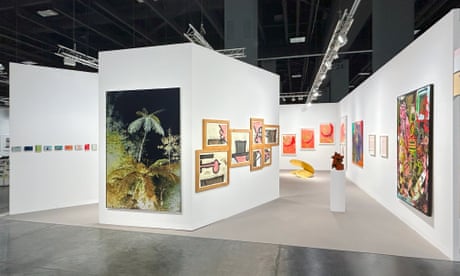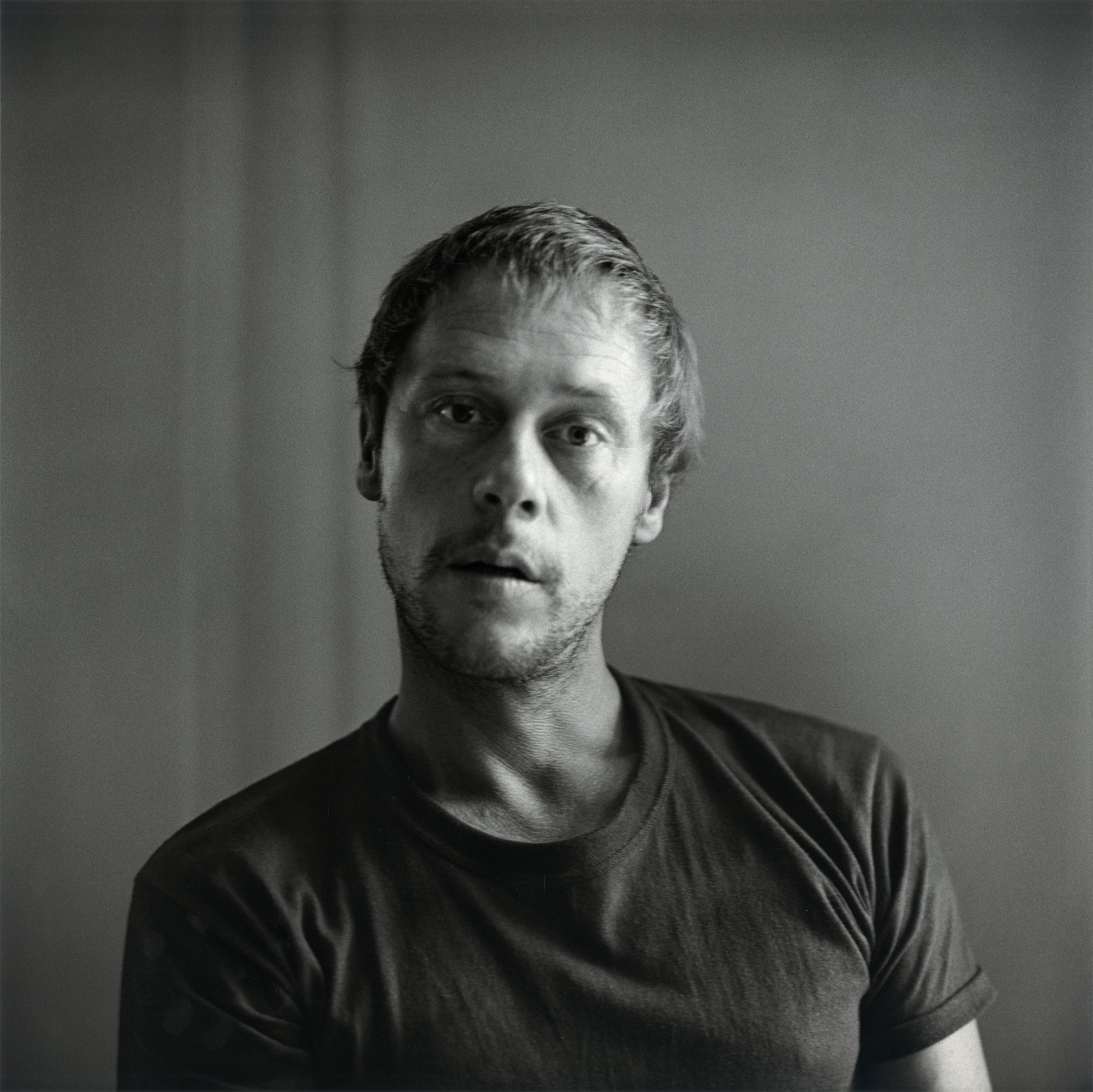Wailing Requiem
2021 - Film & Video (Film & Video)
28:01 minutes
Wang Tuo
Wailing Requiem is the fourth and final chapter of The Northeast Tetralogy , a film project that Wang Tuo began in 2017. The project is a unique regional research of Northeastern China that addresses the region’s geopolitical contentions. Drawing on significant moments from China’s modern history, Wang’s visual storytelling sets up and displaces a series of socio-historical situations through multiple narrative structures. Wang’s tetralogy examines the fractures in the modernization of China’s Northeast region. He surfaces overlooked incidents of violence in Chinese society, and characteristic narratives drawn from the past century of the history of greater Northeast Asia, beginning with the May 4th Movement and continuing on to the Chinese Civil War, the Jeju Uprising, and the contemporary plight of migrant workers. The locality of the film series demonstrates an alternative perspective of the region through local culture, spirituality, and historical facts. In 2018, Wang began researching shamanic culture and rituals in Northeast China; this project explores how his idea of “pan-shamanism” can evoke personal and collective experiences through time and space. Wang’s neologism reorients and transforms the idea of shamanism; it does not subscribe to its ancient religious, healing, or divination meanings. Instead, pan-shamanism is a catalyst for a collective belief or power, and for the possibilities of connecting and perceiving diverse experiences, histories, and time. This project is a critical endeavor in exploring the histories, deconstructing the past, and imagining the near future of China’s Northeast. As the tetralogy concludes, reality and fantasy intertwine, the past and present antagonize each other, and fragments of China’s modern history make fleeting appearances. Wailing Requiem chronologically takes place before the first chapter of Wang’s tetralogy, Smoke and Fire . From the perspective of Zhang Koukou’s roommate, a fellow laborer, Wailing Requiem takes a look at Zhang Koukou’s life in the city, before he returns to his hometown to avenge his mother’s death. The Wailing Requiem is a traditional Errenzhuan (a genre of Northeastern Chinese folk dance) song from “The Soul of the Underworld”. This historical legend from the Song Dynasty tells the story of Liu Jinding’s return to heaven. Wang’s film echoes the motifs of death and reincarnation in this legend. In the film, the two men’s disparate identities initially form a barrier between them, but as they travel to their respective hometowns, a spiritual connection grows between them. Possessed by shared emotions that they can neither define nor clarify, the workers come to realize that personal emotions and experiences may have an unconscious relationship with history.
Through film, performance, painting, and drawing, artist Wang Tuo interweaves disparate realities through archives, modern history, myth, and literature. The artist’s work is a powerful examination of modern Chinese history that untangles collective unconsciousness and historical trauma through glimpses into his protagonists’ troubled psyches. Wang’s speculative films excavate and revive archives as contexts in which to reproduce and evoke modern Chinese history and social reality. Intertwining multiple texts and contemporary narratives, Wang’s work ruminates on the universal connotations and historical complicity rooted in our subconscious and dramatic, absurd, yet powerless realities.
Colors:
Related works sharing similar palette

© » COLOSSAL
From a satellite orbiting Earth for seven years in celebration of Robert Henry Lawrence, Jr., the first Black astronaut, to a pulsing neon human skeleton that illuminates Rosalind Franklin’s contributions to the field of science, Tavares Strachan embraces technology and experimental processes to reframe historic narratives...

© » ARTSJOURNAL
Matthew Sheeran on Composing Electronic Music With Acoustic Instruments - The New York Times Music | How Do You Get Acoustic Instruments to Play Electronic Music? https://www.nytimes.com/2024/02/11/arts/music/sheeran-microtonal-acoustic.html Share full article Advertisement SKIP ADVERTISEMENT If you start at the middle C of a piano and strike every key on your way up to the next C on the keyboard, you will play each of the 12 notes that make up an octave...

© » KADIST
Public Movement
Falling Wall is choreography consisting of a wall, three performers wearing uniforms, and a short ritual...

© » TWOCOATSOFPAINT
Afire: Christian Petzold’s combustible feast – Two Coats of Paint Afire (directed by Christian Petzold), 2023, Leon on the beach (Thomas Schubert) , courtesy of Janus Films Contributed by Jonathan Stevenson / Instability hovers on several fronts – environmental, political, economic – and German filmmaker Christian Petzold manifests his concern about it with remarkable astuteness...

© » KADIST
American Artist
2019From suicides, to gang violence, to the epidemic abuse of force by police departments (predominantly against Black men), to school and mass shootings, there is perhaps no more urgent issue in the United States than gun control...

© » THEARTNEWSPER
Ai Weiwei criticises ‘fragile’ state of Western democracy following Sky News interview Art market Museums & heritage Exhibitions Books Podcasts Columns Technology Adventures with Van Gogh Search Search Artists news Ai Weiwei criticises ‘fragile’ state of Western democracy following Sky News interview The dissident artist argues that restrictions manifest more subtly in Europe and the US Gareth Harris 6 February 2024 Share Ai tells The Art Newspaper that the idea that "the West embodied greater freedom of speech and press" is an illusion Courtesy skynews.com The Chinese artist and activist Ai Weiwei has gone into more detail about his views on censorship in the West after telling Sky News in an interview at the weekend that “in universities, in the media, political sector, everywhere—you cannot talk about the truth”...

© » THEARTNEWSPER
Kentucky man who defrauded local art organisations gets prison time Art market Museums & heritage Exhibitions Books Podcasts Columns Technology Adventures with Van Gogh Search Search Crime news Kentucky man who defrauded local art organisations gets prison time The FBI apprehended the man, who took $340,000 from the ArtWorks Community Arts Education Center and Russell County Arts Council, as he disembarked from a cruise ship in 2022 Theo Belci 11 December 2023 Share The ArtWorks Community Arts Education Center in Jamestown, Kentucky, one of two arts organisations in the state defrauded by Charles Davis Photo via ArtWorks Community Arts Education Center/X Kentucky resident Charles Davis has been found guilty of defrauding two local arts organisations, the ArtWorks Community Arts Education Center in Jamestown and Russell County Arts Council (RCAC) in Russell Springs...

© » THEARTNEWSPER
New National Museum of… (fill in the blank) invites contemplation on the role and pervasiveness of US museums Art market Museums & heritage Exhibitions Books Podcasts Columns Technology Adventures with Van Gogh Search Search Public art news New National Museum of… (fill in the blank) invites contemplation on the role and pervasiveness of US museums The public art project in Pittsburgh is preparing to launch its second phase, titled the “National Museum of Broken Treaties” Jillian Billard 11 December 2023 Share Food for thought: Pablo Helguera’s project for “The National Museum” Jacquelyn Johnson In November 2018, the Institute of Museum and Library Services, a US federal agency dedicated to improving the nation’s museum, library and information services, published a comprehensive data report cataloguing around 30,000 museums and related organisations across the country...












